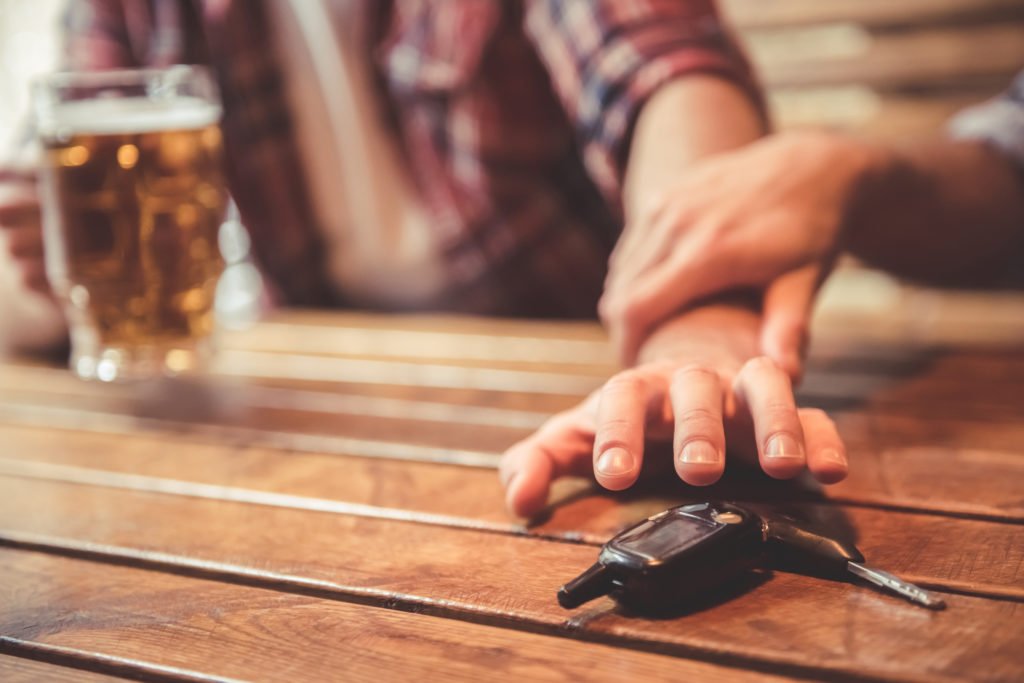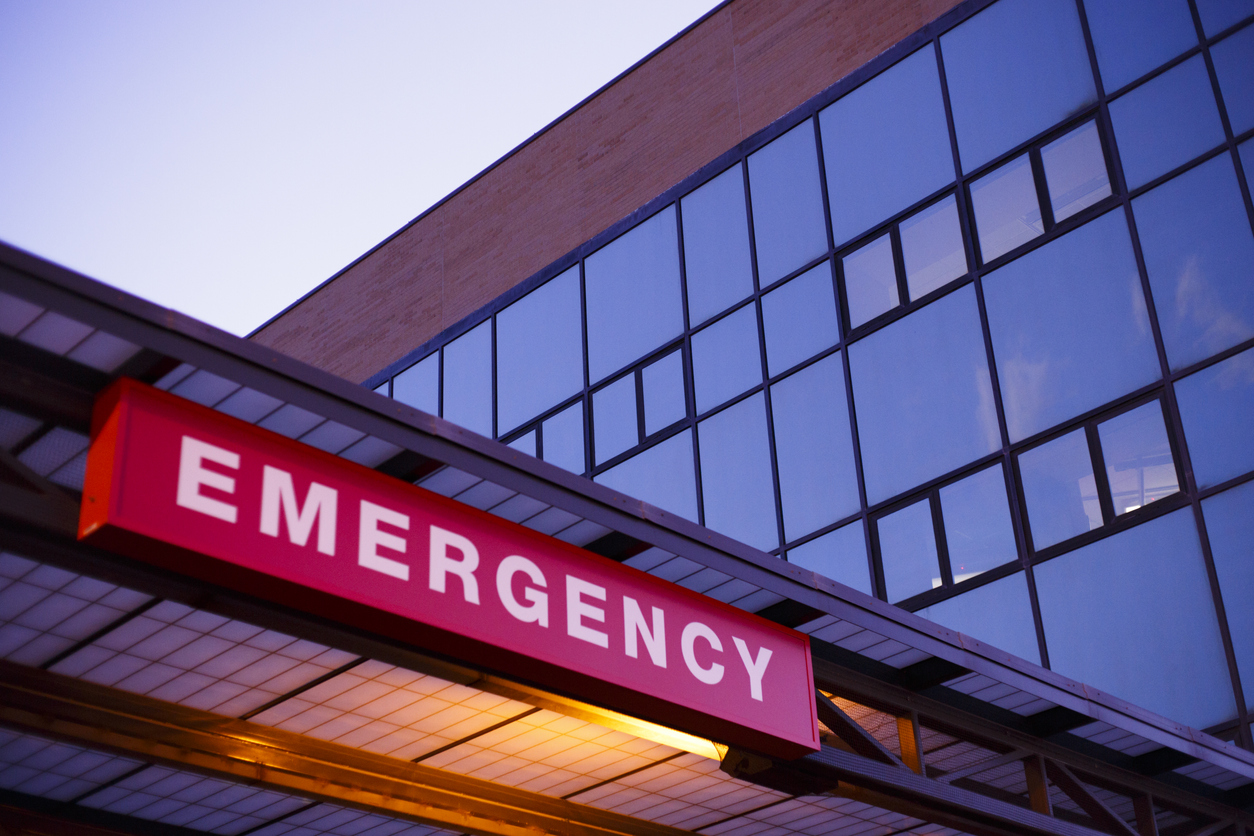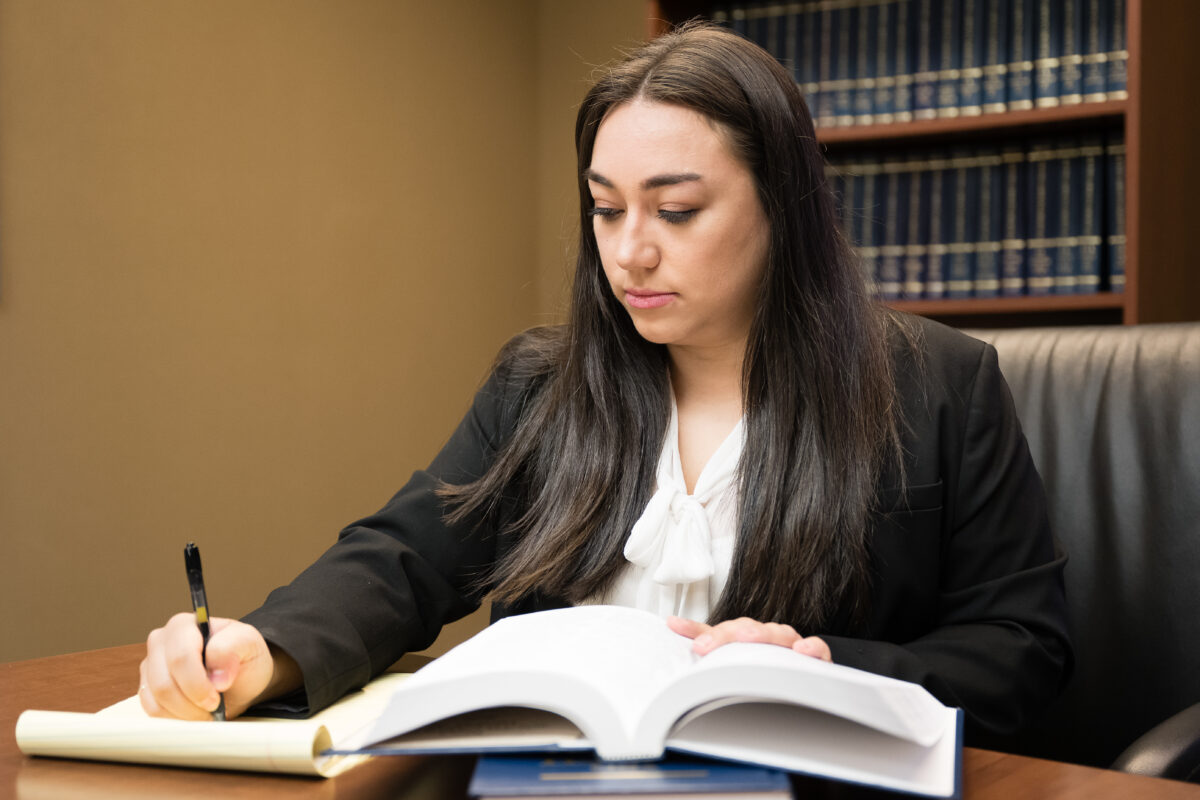
Nursing home falls are all too common in South Carolina and across the country – and they are the cause of many of the most severe injuries seen among nursing home residents.
How Common are Nursing Home Falls?
The Centers for Disease Control and Prevention (CDC) estimates 1,800 people die each year due to falls in nursing homes. It also estimates that between half and three-quarters of nursing home residents will suffer a fall in a given year – twice the rate of older people who live at home.
A typical nursing home has 100 beds and will report between 100 to 200 falls each year, according to the CDC, which also states that many falls go unreported. Often, nursing home residents fall more than once, with an average of 2.6 falls per year.
![]() Falls aren’t always due to negligence of nursing home staff, but negligence is a factor in many accidents. Nursing homes residents typically are elderly and/or have health issues.
Falls aren’t always due to negligence of nursing home staff, but negligence is a factor in many accidents. Nursing homes residents typically are elderly and/or have health issues.
Long-term care facilities have a responsibility to do whatever they reasonably can to prevent falls and lessen the severity of any injuries that can result from a fall.
How Do Nursing Homes Reduce the Risk of Falls?
 Safety precautions that can help reduce the risk of falls include the use of bed rails and grab bars, or even motion detectors that alert staff when an at-risk resident is up and about.
Safety precautions that can help reduce the risk of falls include the use of bed rails and grab bars, or even motion detectors that alert staff when an at-risk resident is up and about.
There are a number of cases in which falls occur because a resident can’t get a staff member to come and help them go to the bathroom, for instance.
 Improper use of medication can also make a patient more prone to falls – either because of a mistake or in instances in which residents are drugged to keep them “under control,” such as in one infamous case in North Carolina involving Alzheimer’s patients.
Improper use of medication can also make a patient more prone to falls – either because of a mistake or in instances in which residents are drugged to keep them “under control,” such as in one infamous case in North Carolina involving Alzheimer’s patients.
Are Bedrails Safe?
 While there has been some controversy about bedrails in nursing homes, it’s not true that they can’t be installed. As long as there is a doctor’s order, a bedrail can be installed. The risk of death from strangulation by a bedrail is much lower than the risk of death due to a fall in a nursing home.
While there has been some controversy about bedrails in nursing homes, it’s not true that they can’t be installed. As long as there is a doctor’s order, a bedrail can be installed. The risk of death from strangulation by a bedrail is much lower than the risk of death due to a fall in a nursing home.
According to the CDC, injuries from bedrails often appear to be related to outmoded design or incorrect assembly.
Why Do Nursing Home Falls Happen?
The CDC says muscle weakness or problems walking are among the most common causes of nursing home falls, accounting for 24 percent of these accidents.
Environmental hazards such as wet floors, poor lighting, improperly fitted or maintained wheelchairs and incorrect bed height cause between 16 and 27 percent of falls in nursing homes, according to the CDC.
![]() Nursing home falls happen for a variety of reasons, but many times they are due to negligence. Understaffing is one of the leading factors in nursing home falls. Not having enough staff to properly monitor and assist residents is a recipe for disaster.
Nursing home falls happen for a variety of reasons, but many times they are due to negligence. Understaffing is one of the leading factors in nursing home falls. Not having enough staff to properly monitor and assist residents is a recipe for disaster.
Medicare and Medicaid, which pay money to 95 percent of nursing homes, require facilities to perform a fall risk assessment for each patient. If a facility doesn’t have enough staff, these assessments might not be done properly, which can put patients at serious risk.
If your loved one has suffered a fall at a nursing home, it’s important to contact an experienced nursing home neglect attorney right away to assess the case and get your loved one the care they deserve.
Sources
- CDC – Falls in Nursing Homes







































